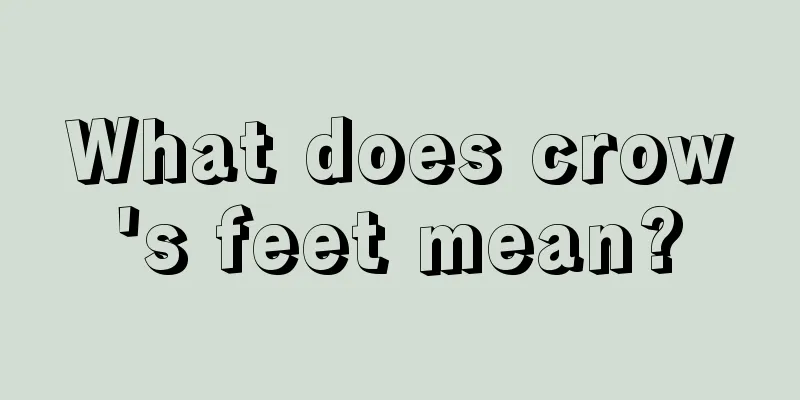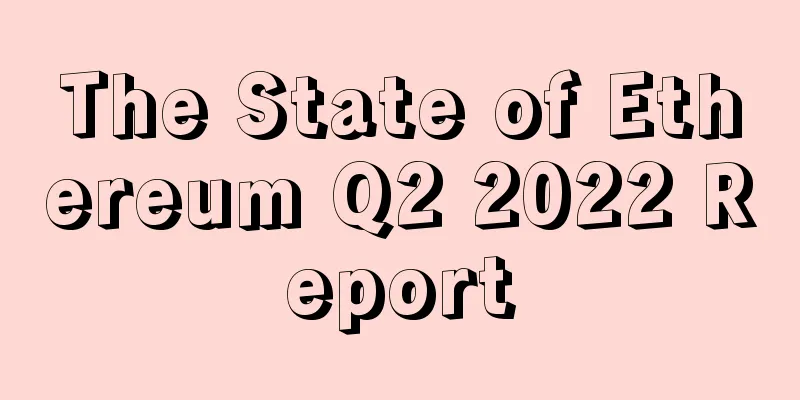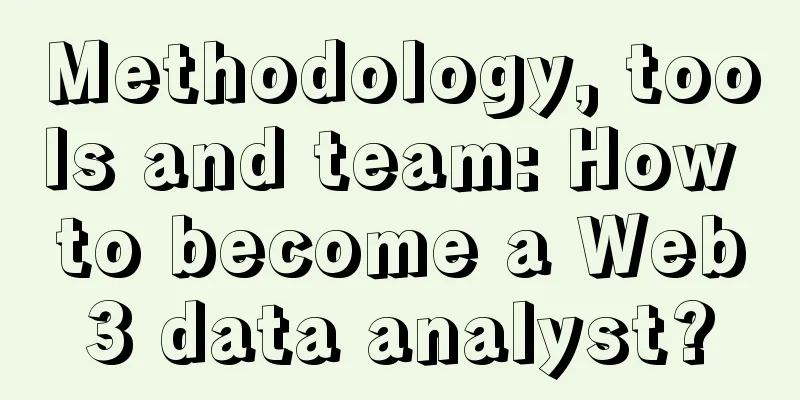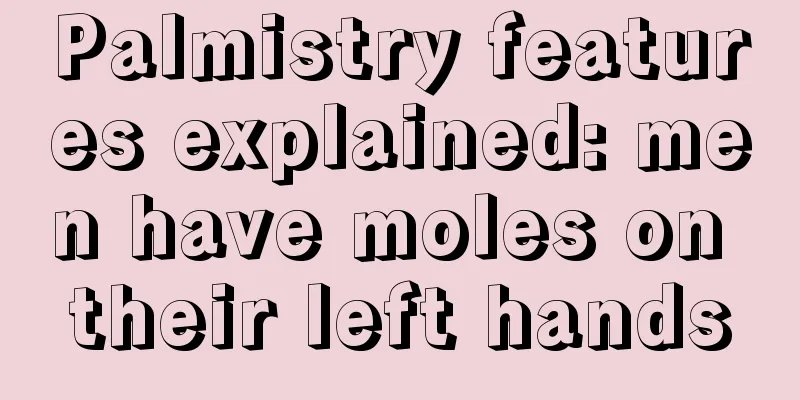Bitcoin sidechain research has made significant progress, and two new drivechain solutions will change Bitcoin DNA
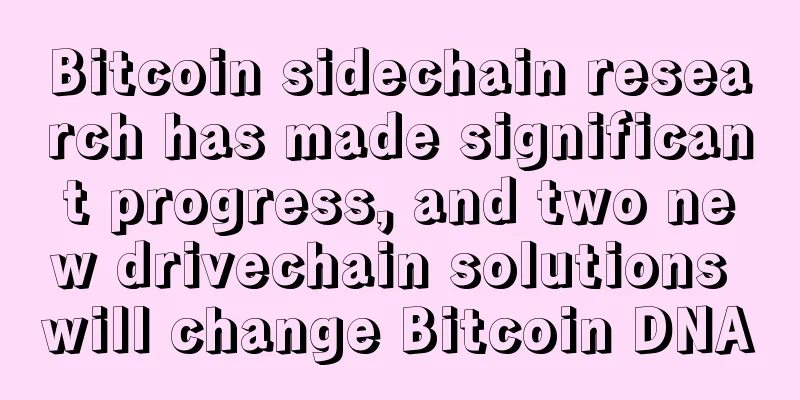
|
‘Sidechains’, a long-proposed feature of bitcoin, may soon make significant progress thanks to a pair of proposals. When most people think of 'sidechains', they think of Blockstream (whose development team has been pushing the idea of sidechains). Sidechains are designed to make it easier to add new Bitcoin features, as the current design of Bitcoin makes it very difficult to add features to Bitcoin. In short, sidechains are designed to allow users to transfer bitcoins between different bitcoin-based blockchains with different rule sets. For example, through the sidechain scheme, technologies used to protect transaction privacy or a system similar to Ethereum smart contracts can be added to the bitcoin blockchain without changing the bitcoin blockchain. Sergio Demian Lerner, a bitcoin security consultant who is leading the effort to add sidechain functionality to bitcoin, explained that sidechains could broadly eliminate the difficulties developers currently face in expanding bitcoin’s transaction capabilities. He told CoinDesk:
In addition to Lerner’s team, another group is working on potential proposals that could bring sidechains into the official bitcoin codebase. In late September, Lerner unveiled a code proposal that would add this sidechain functionality to bitcoin, while Bloq economist Paul Sztorc told CoinDesk he is working on his own code. Both proposals are so-called ‘drivechains,’ a type of sidechain entanglement first described by Sztorc in November. Each proposes a new set of features, known as opcodes, that could be added to bitcoin via a soft fork. However, the two projects have different ideas about how to implement opcodes, and there are no plans to merge into one solution (at least not yet). Two waysIn a transfer between sidechains, bitcoins are sent from one blockchain to another, or so it seems. But in reality, Bitcoin is locked on the Bitcoin main chain, and is unlocked on the side chain when it is transferred. The key difference between drivechains and regular sidechains is who ultimately submits the information needed to move bitcoins back and forth: the user or the miner. Lerner’s drivechain relies on miners acting as ‘algorithmic proxy guardians’ or projects that help miners become aware of other sidechains on the bitcoin network. Lerner explained:
He also said:
Lerner’s proposal introduces a new Bitcoin script called OP_COUNT_ACKS that implements the aforementioned drivechain functionality with a small change of about 600 lines of code (Bitcoin scripts are like smart contracts). Lerner also pointed to Segregated Witness, which has been officially added to the Bitcoin network and could be activated as early as December, as a way to help his solution if it is activated. While SegWit is widely considered a scaling solution, it has some other benefits. Lerner explained:
Solo attemptSztorc is working on code similar to Lerner's, which has not yet been made public. However, although Sztorc and Lerner have discussed and collaborated, both parties seem to think that their own projects are the best and hope to continue their own research. Sztorc’s main argument with Lerner’s implementation is that Lerner is using a sidechain from Rootstock, which has Ethereum-style smart contracts, rather than a Bitcoin copy. Sztorc said:
Sztorc noted that other differences are minor, citing the invention of the hammer as an example: Someone invented a hammer, a tool that had never existed before, he said, but they argued over whether it should be made of stone or wood. If accepted, both proposals would need to be soft forked to be included in Bitcoin. Potential dangersBut again, we're talking about the kind of update the developers liken to repairing a plane on the fly. Sidechains are a proposal that might help solve this problem, but adding this functionality to Bitcoin would first need to go through a number of other optimizations and additions, such as Segregated Witness. Blockstream core technical engineer Russell O'Connor described some of the potential problems with the opcodes raised by Lerner, which boil down to the opcodes depending on the data value, specifically the block to which the transaction is added. He explained that other opcodes that have been recently added to Bitcoin Core 'have been carefully written to ensure that there are no surprises.' It is worth noting that there has not yet been a comprehensive discussion of this proposal. Bitcoin Core contributor Peter Todd declined to discuss the new drivechain opcode because of Lerner’s past bitcoin patents, saying he would reject the proposal until ‘this is corrected’. Lerner responded by saying that he has no plans to apply for a drivechain patent. In addition, he said that other bitcoin protocol developers, including Matt Corallo and Pieter Wiulle, are open to discussing the proposal. When asked if he would apply for a patent, Sztorc said he had 'absolutely no plans' to do so. In addition to these clear oppositions, sidechain projects have also been subject to a lot of doubts, and the security of sidechains has also been discussed. Some long-standing doubts boil down to whether sidechains are feasible. Lerner explained:
However, Sztorc seems to be optimistic despite the skepticism and will publish a long blog post in the coming weeks to explain. He said:
Lerner also said:
|
<<: Russia’s Central Securities Depository Tests Blockchain Asset Trading
>>: Ripple Network Successfully Tests First Smart Token Transaction
Recommend
What is the character and destiny of people with the "川" palm?
If we observe our palms carefully, we will find t...
Judging from your face whether you are a sinister villain
Judging from your face whether you are a sinister...
What kind of men are most popular with women?
Do you know "Douyin Ning Ge"? Friends w...
Breaking News: Seychelles says Huobi Global has never been supervised by it and has always been the legal place of registration for Huobi Global
Wu said blockchain learned that on March 8, the F...
Life line in palmistry
1. The shape of the lifeline 1. A shallow and wid...
What does a mole on the corner of a man’s eye mean? Is it good for a man to have a mole on the corner of his eye?
What does it mean if a man has a mole on the corn...
What does Tan Lang's spouse palace represent?
Tan Lang is the first star in the Big Dipper and ...
How does a woman's face look like when her eyebrows are broken?
Eyebrows are the most important of the five facia...
Bitcoin fluctuated in Asian trading, and yesterday's gains were partially given back
Bitcoin prices fluctuated in the Asian session on...
What palm lines can bring bad luck to marriage?
Marriage is one of the most important things in a...
Nasal folds: Is it good to have nasolabial folds?
Nasal folds: Are people with nasolabial folds goo...
Is it good or bad to have a mole on the sole of the foot?
Moles appear on each of us, and most people have ...
Is it true that people with high brow bones have more hardships in their lives?
The bones in the eyebrow area are generally not p...
What does Hongluan in the life palace represent?
Hongluan Star is a lucky star in mythology. It ma...
Are people with linked eyebrows good?
Are people with linked eyebrows good? What is a u...


